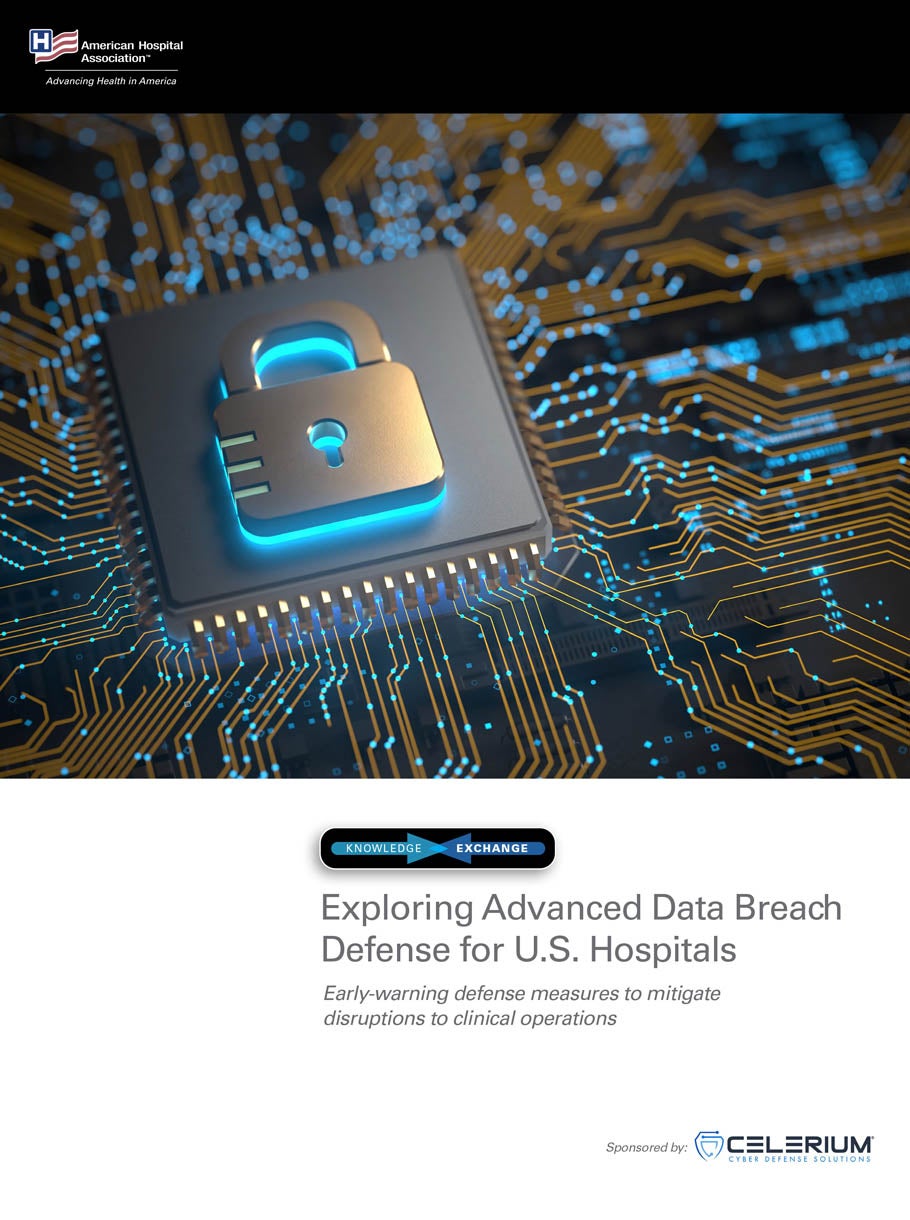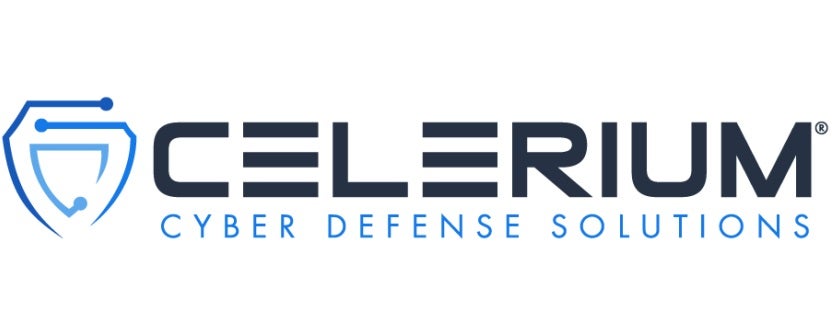
Exploring Advanced Data Breach Defense for U.S. Hospitals

Exploring Advanced Data Breach Defense for U.S. Hospitals
AHA Knowledge Exchange
Early-warning defense measures to mitigate disruptions to clinical operations
Preventing data breaches and containing breaches if they do occur is top of mind for hospital and health system leaders looking to deliver uninterrupted patient care and reduce operational disruptions. Executives and information technology teams must have clear visibility into breach status at the hospital or clinic level, with leadership tasked with deciding which systems to shut down or isolate. By integrating multiple defensive measures — including minimally invasive containment alongside isolation-based strategies — organizations can strengthen security and reduce clinical disruptions. This Knowledge Exchange e-book explores the importance of early breach detection, emergency management, clinical and business continuity planning and advanced data protection tools.
10 proven strategies to prevent and respond to data breaches
- Incident command and leadership. Maintaining a strict chain of command during security incidents is crucial for clear decision-making and response.
- Enterprise emergency management. Physical and cybersecurity, once separate, are now deeply interconnected due to frequent disruptions. Unifying security, emergency management and business continuity strengthens preparedness, response and recovery.
- Vulnerability management and security awareness. Strengthened antivirus protection, identity and access management, and automated patching improve security posture. Additionally, phishing prevention and breach response training remain key priorities.
- Emergency preparedness. Regular drills, tabletop exercises and structured communication ensure effective crisis management.
- Threat monitoring and response. Early-stage outbound data blocking helps prevent exfiltration before resorting to drastic containment measures.
- Cybersecurity as a process. Security is continuous, requiring ongoing adaptation to emerging threats.
- Shadow IT and legacy systems. Unknown or unmanaged systems pose significant risks, requiring focused monitoring and oversight.
- Communication redundancy. Secondary communication channels, including an off-network paging system and backup email, ensure secure messaging during outages.
- Public-private partnerships. Collaboration with local, state and federal agencies enhances crisis-response capabilities.
Participants

Ron Belfont, MS, CISSP, CHCIO, CDH-E, ITIL
Chief information security officer
Bayhealth Medical Center

Brian Brasser, R.N.
Senior vice president, integrations and operations
Corewell Health

Emy Johnson, MA
Vice president and chief security officer
Allina Health

Michelle Joy, MHA, FACHE
President and CEO
Carson Tahoe Health

Karl Kotalik
Chief solutions officer
Celerium

Thien Lam
Vice president and chief information security officer
BayCare Health System

James Matera, D.O., FACOI
Chief medical officer
CentraState Healthcare System

Gulshan Mehta, MBA, CHCIO, CDH-E
Chief digital and information officer
Blanchard Valley Health System

Sandra Scott, M.D.
CEO
One Brooklyn Health

Patrick Wilson, CHCIO, CHISL, CISSP, MA
Chief information security officer
Adventist Health

Moderator:
Scott Gee
Deputy national advisor for cybersecurity and risk
American Hospital Association
AHA Knowledge Exchange
Gain insights from the C-suite and health care leaders on the most pressing issues and transformational strategies.








